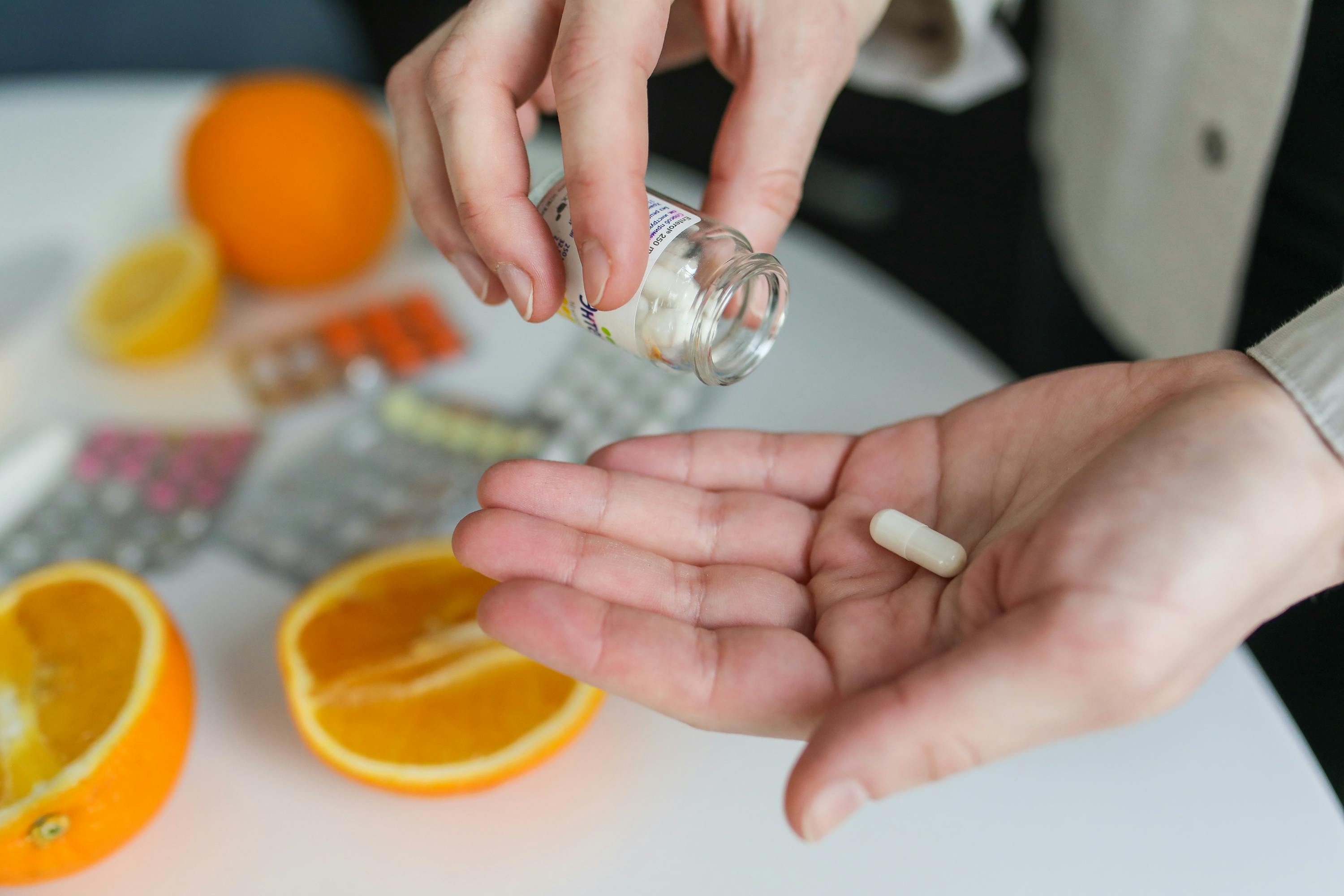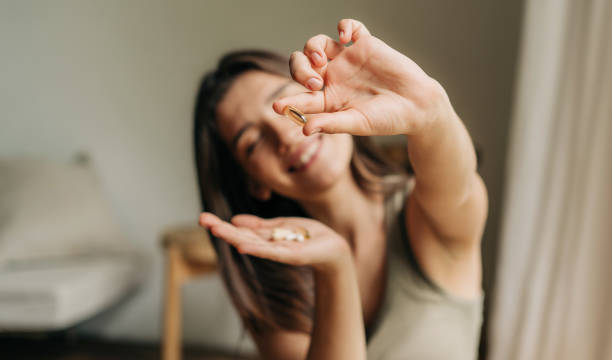Understanding socket design and comfort for improved mobility
Socket design is a central factor in how a person with limb loss experiences daily function and mobility. This article outlines practical aspects of socket fitting, materials, customization, and related technologies to help readers understand what affects comfort and long-term use.

Socket design and comfort are fundamental to restoring reliable mobility after amputation. A well-designed socket supports weight distribution, reduces skin breakdown, and enables smoother gait patterns, while a poorly fitting one can limit participation in daily activities. This article explains key elements of socket engineering, the role of materials and customization, and how newer approaches such as osseointegration and 3D printing influence rehabilitation outcomes.
This article is for informational purposes only and should not be considered medical advice. Please consult a qualified healthcare professional for personalized guidance and treatment.
Socket fundamentals and materials
A socket is the interface between the residual limb and the prosthetic components. Materials used in sockets range from thermoplastics and laminated composites to silicone liners and gel sockets. Each material has trade-offs: thermoplastics can be remolded for adjustments, while laminated carbon fiber offers strength and lightness but is less forgiving for on-the-spot alterations. Liners and cushioning influence pressure distribution and reduce shear forces that contribute to skin irritation. Proper selection balances weight, breathability, and durability to match activity levels and daily wear.
Design choices also reflect anticipated environmental exposure and maintenance needs; for example, active users often prioritize lightweight, durable composites, while those with fragile skin may use softer, adaptive liner systems that protect tissue.
How limb shape and fitting impact comfort
Residual limb shape changes over time due to muscle atrophy, swelling, or weight changes. Accurate measurement and regular fitting sessions are essential to accommodate these variations. A socket must distribute load across broader surfaces rather than concentrating pressure at bony prominences. Prosthetists often employ casting, digital scanning, and iterative try-on fittings to refine fit. Ongoing adjustments—adding pads, trimming, or modifying liners—can address hotspots that develop with activity.
Good fitting practice includes gait observation, patient feedback on comfort during common tasks, and targeted modifications that prioritize daily function rather than idealized alignment alone.
Rehabilitation, orthotics, and mobility goals
Socket design is integrated into a rehabilitation plan that includes strength training, balance work, and gait re-education. Orthotics may complement socket function for residual limb support or contralateral limb compensation. Goals in rehabilitation emphasize safe, efficient mobility for daily tasks and community participation. Clinicians work with users to set realistic milestones—such as walking a specific distance or navigating stairs—and choose socket features that support those outcomes.
Rehabilitation specialists also monitor skin integrity and recommend offloading strategies or schedule-based socket alternation to promote tissue health during progressive activity increases.
Customization, 3D printing, and durability
Customization improves comfort by tailoring socket geometry to an individual’s limb. Traditional custom sockets rely on hand-crafted molds, while 3D printing introduces new possibilities for rapid prototyping and complex internal structures that can reduce weight while maintaining strength. 3D-printed sockets can integrate variable-density lattices to target pressure relief in sensitive zones and reinforce load-bearing regions.
Durability remains a key consideration: printed materials and novel composites require validation for long-term cyclic loading. Regular inspection and maintenance routines are necessary regardless of fabrication method to ensure continued performance and safety.
Advanced interfaces: osseointegration and bionics
Osseointegration connects a prosthesis directly to bone through an implanted fixture, eliminating a traditional socket for eligible candidates. This can improve proprioception and reduce soft-tissue issues related to socket friction, but it carries surgical risks and requires careful long-term follow-up. Bionic technologies and microprocessor-controlled joints enhance functional capability by adapting to terrain and gait changes; however, they depend on a stable, comfortable interface or fixation to be effective.
Selection of advanced interfaces depends on clinical criteria, lifestyle needs, and multi-disciplinary assessment to weigh benefits and potential complications.
Fitting process, maintenance, and insurance considerations
The fitting process typically involves assessment, casting or scanning, trial sockets, iterative adjustments, and user education on care. Maintenance includes liner replacement, socket repairs, and periodic realignment. Insurance policies and local services can influence which components or technologies are accessible; coverage often varies by jurisdiction and plan and may affect choices around customization or advanced components. Discuss options with your prosthetist and rehabilitation team to understand documentation and approval processes.
Prices, rates, or cost estimates mentioned in this article are based on the latest available information but may change over time. Independent research is advised before making financial decisions.
Durability, long-term outcomes, and ongoing care
Durability of socket systems is tied to activity levels, materials, and maintenance. Users should expect scheduled reviews to monitor fit, skin health, and component wear. Proactive care, such as rotating liners, timely repairs, and addressing gait deviations early, protects skin and preserves mobility. Long-term outcomes are best when technical fit, rehabilitation goals, and user preferences align in a collaborative care plan.
A thoughtful approach to socket design—balancing materials, customization, and emerging technologies—supports comfort and functional mobility across the lifespan of device use.
Conclusion
Comfortable, well-designed socket interfaces are a cornerstone of successful mobility after limb loss. Integrating careful fitting practices, appropriate materials, rehabilitation goals, and consideration of advanced options helps people achieve consistent, safe participation in daily life. Ongoing assessment and collaboration with qualified clinicians remain essential for durable, comfortable outcomes.




